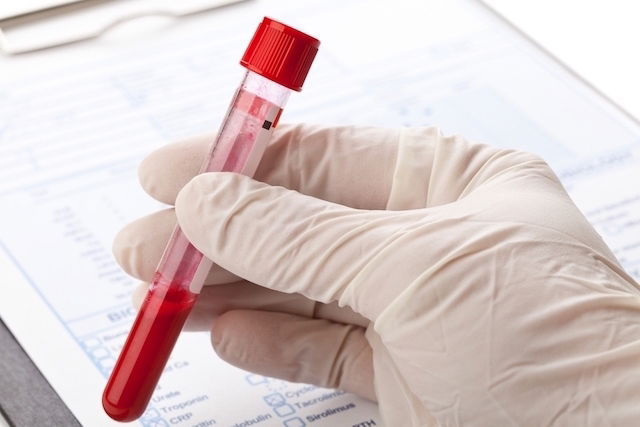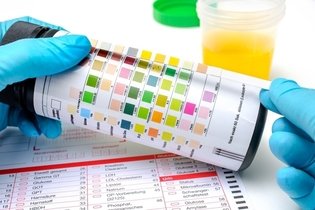The ALT blood test helps to identify liver damage and evaluate the extent of liver disease. It detects the levels of alanine aminotransferase (ALT), also known as glutamic pyruvic transaminase (GPT), in the blood, which is an enzyme that is normally between 7 and 56 U/L.
The ALT enzyme is usually found inside the liver cells. Damage to the liver caused by a virus or toxic substances, for example, leads to the release of this enzyme into the bloodstream.
The ALT blood test is usually ordered in conjunction with the TGO test to determine liver status or response to treatment.

When to do an ALT blood test
The ALT blood test is used to detect liver damage and, so, it can be recommended for people who have a fatty liver or that are overweight. It is also recommended when there are symptoms such as:
- Excessive tiredness;
- Loss of appetite;
- Nausea;
- Vomiting;
- Swelling of the belly;
- Dark urine;
- Yellow skin and eyes.
An ALT blood test is a great tool to diagnose liver problems early on. It can also be requested when there is a possible exposure history to some type of hepatitis virus or excessive consumption of alcohol.
Learn about other symptoms that may indicate liver disease.
Normal range results
Normal ALT levels are usually between 7 - 56 UI/L.
High ALT levels
High ALT levels are typically characterized by how elevated they are compared to the base line level.
- 4x higher than normal: is normally a sign of chronic hepatitis caused by cirrhosis or cancer.
- 10x higher than normal: is usually a change caused by acute hepatitis due to viruses or the use of drugs;
- 100x higher than normal: is very common in people who use drugs, alcohol or other substances that cause severe liver damage.
Despite being a very specific marker for liver damage, ALT can also be found in muscles and in the heart tissue. Therefore an increase in the concentration of this enzyme can also be seen after intense physical exercise.
To assess liver function and identify any damage, the doctor may also request other types of blood test to check for other enzymes, such as lactate dehydrogenase (LDH) and AST (or SGOT).
Learn more about ALT and AST testing, and why they are often interpreted together.
What to do for high ALT levels
When ALT levels are consistently high, your doctor may refer you to a specialist for more thorough assessment of your clinical history to identify what may be causing damage to the liver. The specialist may order more specific testing, such as hepatitis tests or a liver biopsy, to confirm a diagnosis.
Furthermore, in cases of high ALT, it is also recommended to follow an adequate diet for the liver, which should be low in fats and giving preference to boiled foods. Learn more about what foods you should eat and avoid when trying to heal your liver.
Low ALT levels
Low ALT levels on their own is usually not clinically significant, especially if the patient does not present with signs or symptoms.
However, it may associated with a health condition like a UTI, liver cancer or azotemia (a condition that is characterized by increased urea and creatinine in the blood). Therefore low ALT levels that present with other symptoms should be investigated with further testing.








